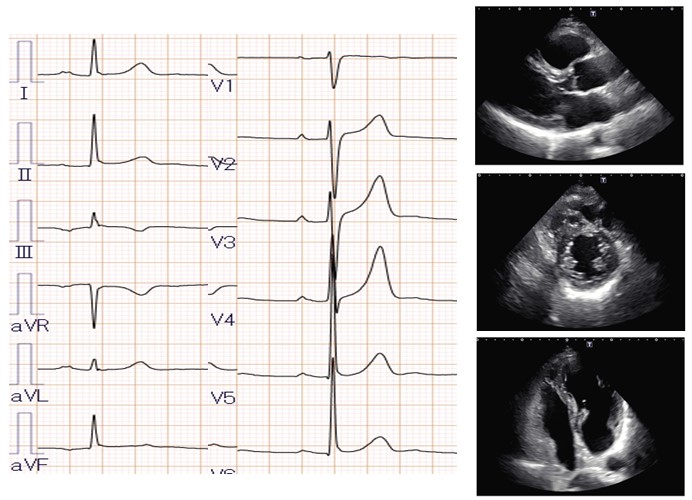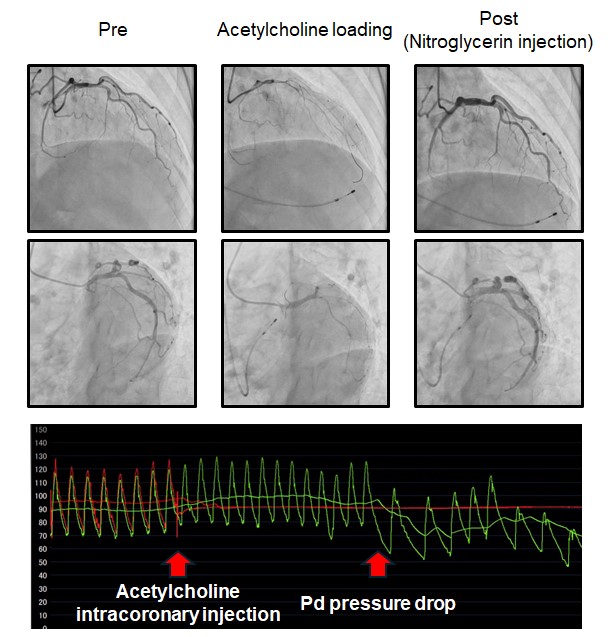Lots of interesting abstracts and cases were submitted for TCTAP 2025. Below are the accepted ones after a thorough review by our official reviewers. Don’t miss the opportunity to expand your knowledge and interact with authors as well as virtual participants by sharing your opinion in the comment section!
TCTAP C-186
Enhancing Safety in Coronary Spasm Provocation Tests Using Pressure Wire
By Masahiro Shimoda, Hirohiko Ando, Hirohumi Ohashi, Tetsuya Amano
Presenter
Masahiro Shimoda
Authors
Masahiro Shimoda1, Hirohiko Ando1, Hirohumi Ohashi1, Tetsuya Amano1
Affiliation
Aichi Medical University, Japan1,
View Study Report
TCTAP C-186
Coronary - Imaging & Physiology - FFR
Enhancing Safety in Coronary Spasm Provocation Tests Using Pressure Wire
Masahiro Shimoda1, Hirohiko Ando1, Hirohumi Ohashi1, Tetsuya Amano1
Aichi Medical University, Japan1,
Clinical Information
Patient initials or Identifier Number
Relevant Clinical History and Physical Exam
In this case, a male in his 50s presented with a worsening of rest-induced chest tightness, prompting a medical consultation. No chest symptoms were reported during exertion. The medical history included a history of smoking and ongoing treatment with medication for dyslipidemia and hypertension.


Relevant Test Results Prior to Catheterization
Referred to our facility for coronary arterydisease evaluation, including angina pectoris, initial assessments via restingelectrocardiogram and echocardiography revealed no abnormalities.
Relevant Catheterization Findings
Coronary angiography showed no organic stenosis. Given the rest-induced chest symptoms, a coronary drug stress test was performed. A pressure wire was placed in the left anterior descending artery, and acetylcholine was administered. During low-dose acetylcholine loading, a significant reduction in peripheral coronary artery pressure was observed, prompting angiography. Severe coronary spasm in the left anterior descending and circumflex arteries confirmed coronary angina.
Interventional Management
Procedural Step
The integration of a pressure wire during a drug-induced coronary spasm test enables the continuous monitoring of peripheral coronary artery pressure throughout the administration of the drug. This real-time assessment is sensitive to changes that may precede the onset of chest symptoms or electrocardiographic alterations, thereby enabling the early identification of coronary spasm. Furthermore, this approach enhances catheter stability, thereby reducing the risk of catheter damage and improving the precision of drug delivery. These factors facilitate a more expedient response following diagnosis, which may mitigate the risk of hemodynamic instability, such as ventricular fibrillation.


Case Summary
The use of pressure wires during coronary spasm drug-induced testing allows for early recognition of coronary spasms, enabling timely intervention. Additionally, it enhances catheter stability, reduces the risk of damage during testing, and improves safety by providing precise monitoring of coronary artery pressure throughout the procedure.


